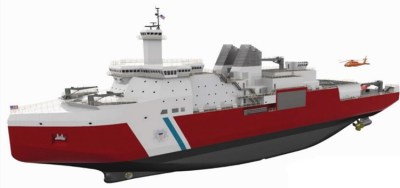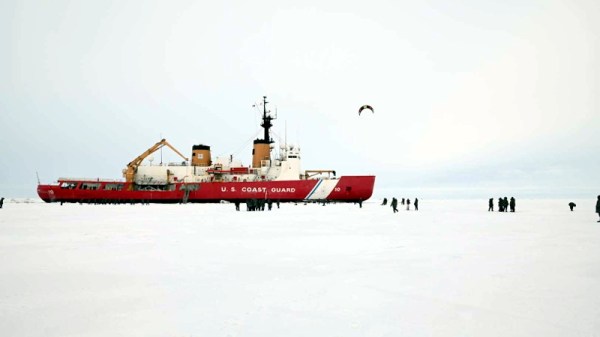The United States Coast Guard heavy icebreaker Polar Star is literally a one-of-a-kind ship. After its sister Polar Sea was deactivated in 2010 it became the most powerful icebreaker in the fleet, and one of only two US icebreakers capable of operating in the treacherous polar regions. The vessel is critical to protecting America’s scientific and economic interests in the Arctic, but according to a recent article in Business Insider, the ship’s age and scarcity of spare parts is making an already difficult mission even harder.
In the article, Captain William Woityra specifically mentions that the ship’s diesel-electric propulsion system is running on borrowed time as the diodes used in its AC/DC rectifier are no longer manufactured. With none remaining in the Coast Guard’s inventory, the crew has had to turn to eBay to source as many spares as possible. But once their hoard runs out, Captain Woityra fears his ship will be dead in the water:
We’ve got a few dozen of these in a box on a shelf, when they’re gone, the ship will not be able to run anymore. It’s really kind of disconcerting … that this ship, and this operation, and the US’s icebreaking presence in the Arctic is reliant on a box of spare parts that … there are no more of.”
The 45 year old ship received a $60 million refit in 2013, but that was only expected to extend the hard-working vessel’s life by 8 to 10 years. There was a proposal for a far more thorough overhaul, one which potentially would have keep the Polar Star in service until nearly 2040; but with an estimated cost of $400 million, Congress decided to go with the more economical stop-gap refit.

This story comes just days after the Air Force announced it’s looking for a few good hackers to help reverse engineer components on its aging fleet of B-2 bombers. Much like the Polar Star’s vintage rectifier diodes, spare parts for the the stealthy aircraft are getting increasingly difficult to find.
While the Air Force has enough money in the budget to get replacements made, the Coast Guard will just have to hope their stock of diodes holds out a little while longer. Congress has already approved the Polar Security Cutter Program, a fleet of next-generation icebreakers designed to be comparable to newer Russian and Chinese vessels. The first of these ships could set sail by 2024, providing the Polar Star some much-needed backup.
[Thanks to Chuckz for the tip.]











